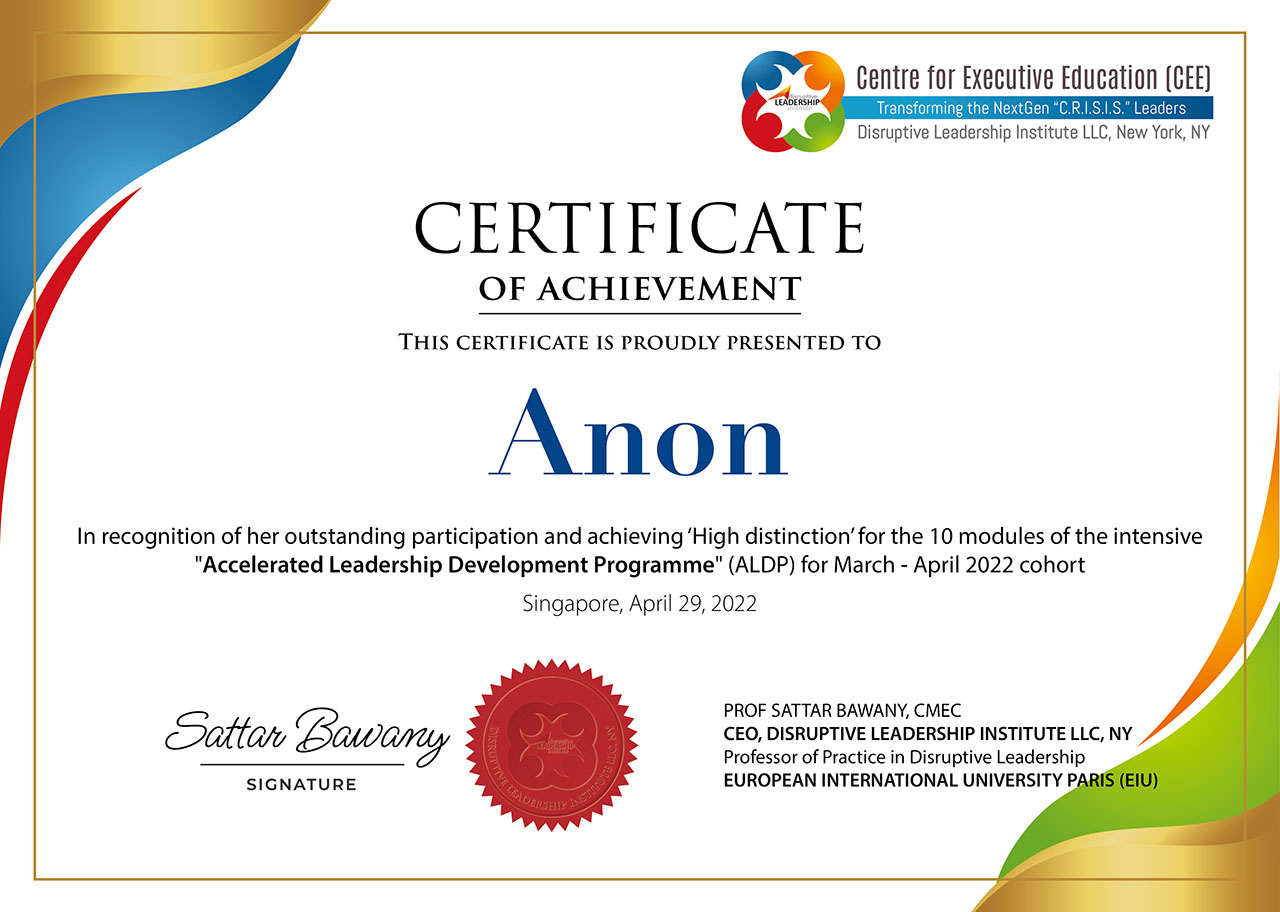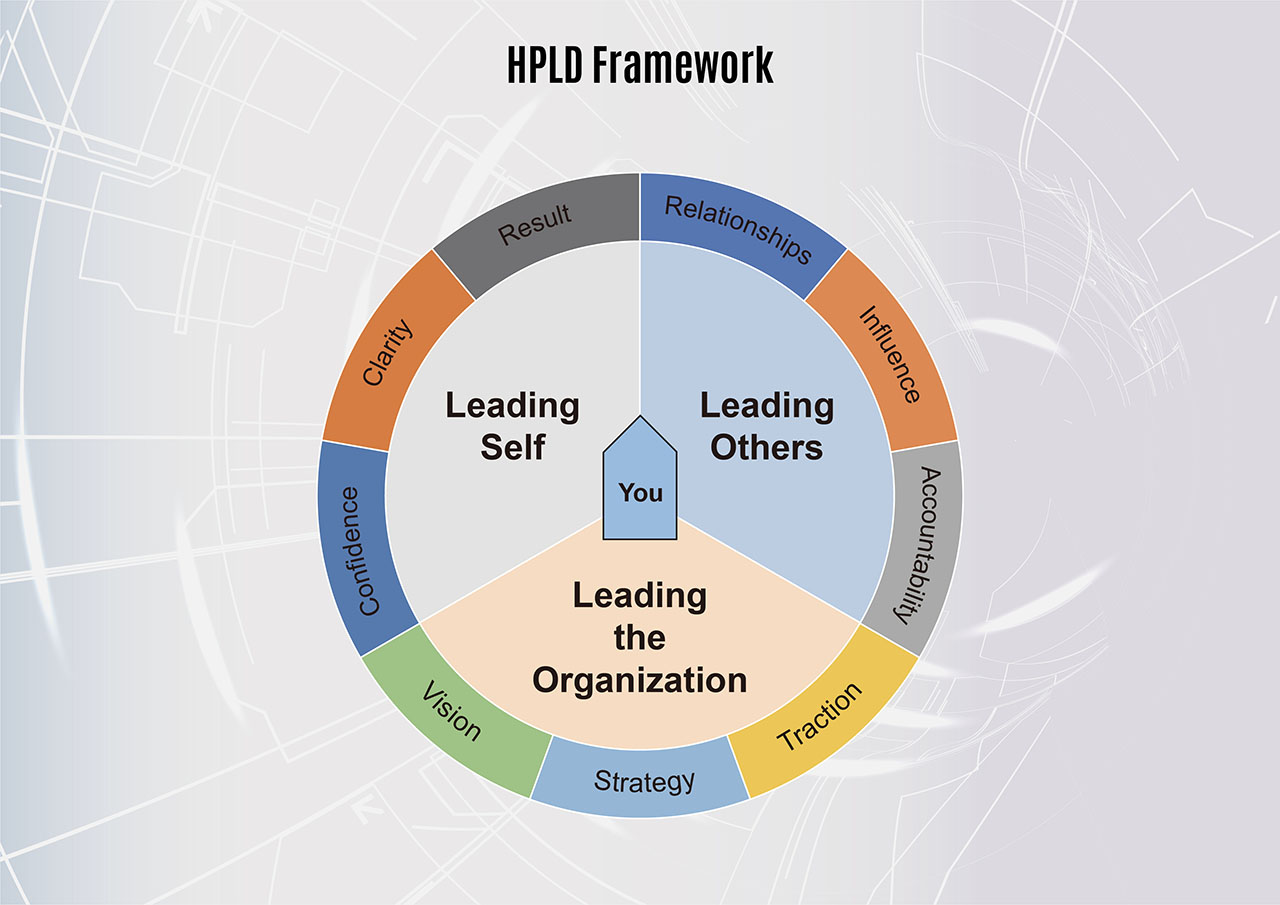Introduction
In an increasingly volatile, uncertain, complex, and ambiguous (VUCA) world, organizations face constant pressure to innovate, adapt, and maintain a competitive edge. One of the most critical success factors in this environment is the availability of strong, agile, and visionary leadership. Developing high-potential (HiPo) and next-generation leaders is essential to building a robust leadership pipeline that ensures continuity, effectiveness, and long-term sustainability.
High-potential leaders are individuals identified for their capacity to grow into senior leadership roles. They typically demonstrate superior performance, emotional intelligence, learning agility, and alignment with organizational values. Investing in their development is not just a talent strategy—it is a business imperative.
Strengthening the Leadership Pipeline
A well-developed leadership pipeline provides a steady flow of capable leaders ready to step into critical roles. By proactively identifying and nurturing HiPo talent, organizations minimize disruptions caused by retirements, resignations, or sudden leadership gaps. A structured development program for future leaders ensures succession readiness and enables organizations to promote from within, reducing dependency on external hiring.
A strong pipeline also promotes organizational resilience. Leaders trained from within understand the company’s culture, processes, and strategic direction, allowing for smoother transitions and sustained execution of business strategies.
Enhancing Leadership Effectiveness
Developing HiPo leaders go beyond traditional training—it requires a strategic, multi-dimensional approach that includes coaching, mentoring, experiential learning, and stretch assignments. Programs that focus on building critical competencies such as strategic thinking, decision-making, emotional and social intelligence, and change leadership help future leaders navigate complexity and lead high-performing teams.
Personalized development plans, feedback mechanisms (such as 360-degree assessments), and coaching interventions ensure that HiPo leaders gain self-awareness and behavioral insight, which are crucial for effective and authentic leadership.
Fostering a Culture of Agility and Innovation
Future leaders must be equipped to lead in environments that demand constant innovation and rapid adaptation. Development programs should embed agility, digital fluency, and cross-functional collaboration to prepare leaders for dynamic business challenges. Encouraging innovation, critical thinking, and calculated risk-taking builds leaders who can challenge the status quo and drive transformation.
Leadership development initiatives must also emphasize diversity, equity, and inclusion, ensuring that a wide range of perspectives and backgrounds are represented in the leadership pipeline. This inclusivity strengthens decision-making, innovation, and employee engagement.
“High Potential Leadership Development” (HPLD) Framework
The High Potential Leadership Development (HPLD) Framework, developed by the Centre for Executive Education (CEE), provides a structured, evidence-based approach to identifying and developing emerging leaders who demonstrate the capacity to assume critical leadership roles in the future. In today’s dynamic business landscape, building a robust pipeline of next-generation leaders is essential to ensuring long-term organizational resilience, agility, and performance. The HPLD Framework addresses this need by aligning leadership development efforts with organizational strategy and individual potential.
At its core, the HPLD Framework emphasizes the early identification of high-potential (HiPo) talent through rigorous assessments based on leadership competencies, learning agility, and values alignment. Once identified, HiPo individuals are engaged in a customized development journey that combines formal learning, coaching, mentoring, and stretch assignments designed to accelerate growth and readiness for more complex roles.
The HPLD Framework also incorporates real-world business challenges and cross-functional projects to build strategic thinking, decision-making, and adaptive leadership skills. Feedback mechanisms, such as 360-degree assessments and executive coaching, enhance self-awareness and behavioral change, leading to more effective, emotionally intelligent leadership.
Furthermore, the framework ensures stakeholder alignment by involving senior leaders and HR in supporting and tracking development progress. By embedding accountability and continuous learning into the process, the HPLD Framework not only prepares individuals for future leadership but also strengthens the organization’s leadership culture.
The HPLD Framework focuses on three interconnected leadership domains: Leading Self, Leading Others (Team), and Leading the Organization (see Figure 1). These pillars provide a comprehensive roadmap for developing leadership capacity at multiple levels.
Figure 1: High Potential Leadership Development” (HPLD) Framework
1. Leading Self
The foundation of the HPLD Framework begins with self-leadership. HiPo leaders must develop emotional intelligence, social awareness, and a deep level of self-awareness to lead effectively. This domain focuses on helping leaders understand their values, motivations, strengths, and development areas.
Through tools such as 360-degree feedback, psychometric assessments, and executive coaching, leaders gain insight into how their behaviors impact others. They also learn to manage emotions, build resilience, and improve interpersonal effectiveness. An essential component is the ability to work across differences—such as cultural, generational, and cognitive diversity—to foster inclusion and psychological safety.
Mastery in “Leading Self” enables leaders to show up with authenticity, clarity, and empathy—laying the groundwork for credibility and influence.
2. Leading Others (Team)
Once leaders are grounded in self-leadership, the next step is to focus on leading others. This pillar equips HiPo leaders with the skills to develop, motivate, and manage individuals and teamsto achieve high performance.
Key focus areas include coaching and feedback, performance management, delegation, and conflict resolution. Leaders are exposed to research-based practices for building trust, fostering engagement, and aligning team goals with organizational vision.
Through experiential learning, case studies, and team-based projects, participants learn how to gain buy-in, manage diversity of thought, and create team environments that thrive on collaboration and accountability. Effective team leadership is essential to driving productivity, innovation, and employee satisfaction.
3. Leading the Organization
The third pillar focuses on developing strategic and enterprise-level thinking—transitioning leaders from managing units to leading across the organization. This domain prepares HiPo leaders to understand complex systems, drive cross-functional collaboration, and influence organizational outcomes.
Leaders explore how to move an organization from “good to great” by leveraging organizational levers such as vision, culture, structure, and change management. They also develop financial acumen, stakeholder management capabilities, and the ability to lead through ambiguity and disruption.
By building awareness of how their decisions affect the broader ecosystem, leaders are better positioned to drive transformation, create alignment, and sustain high performance across the enterprise.
The Learning Model
70% of learning happens on the job

Case studies, lectures, classroom discussions, hands-on exercises, and small group discussions focused on contemporary leadership issues and challenges will let participants analyze and understand what behaviors lead to sustained success and effective leadership.
The sessions will help participants work through a range of approaches to the issues confront at the work. Participants will learn, reflect on, and discuss effective leadership in the face of real-life challenges including sustaining employee productivity and engagement as well as thriving in a disruptive and digital-driven workplace.
Participants in the program will develop a practical understanding of critical business and leadership frameworks and how they can be applied effectively in a challenging business environment.
Key Benefits

- Improve your self-awareness and develop plans to continue personal leadership growth
- Develop greater awareness of your leadership style and how it’s perceived by others.
- Acquire relevant knowledge and skills to lead effectively in today’s disruptive and digital-driven workplace
- Increase your capacity for cognitive readiness and critical thinking skills for effective strategic decision-making
- Strengthen your management acumen and interpersonal skills to build effective teams and successfully navigate challenges.
- Enhance your understanding of the critical interface between execution issues and internal and external strategic challenges to the organization.
- Learn effective ways of developing high-performance teams, change management initiatives, and organizational structures and culture.
- Develop a personalized executive development plan.
Client Testimonials

We Are Only Successful When Our Clients Are Successful!
Clients around the world and across diverse industries trust us as a partner in their strategic leadership development and talent management endeavors. We are very fortunate to have formed excellent partnerships with many of our clients. But don’t just take our word for it.
To view what our clients are saying, visit our Client Testimonials Homepage.
Awarded Upon Completion
Certificate of Achievement

Contact
Let us be part of your success story. Contact us and see how our leadership development consultants and executive coaches can transform your leadership team from ‘good to great’!
For further information, please contact us or email us at [email protected]. Alternatively, WhatsApp us at +65 9002 3848.
Conclusion
Developing high-potential and future leaders is a critical investment in the long-term health and success of any organization. By building a strong leadership pipeline and enhancing leadership effectiveness, organizations ensure they are prepared for both today’s challenges and tomorrow’s opportunities. In doing so, they lay the foundation for sustainable performance, innovation, and strategic agility in a constantly evolving world.
The HPLD Framework is a comprehensive, integrated approach to developing high-potential leaders who are self-aware, people-focused, and enterprise-minded. By progressing through the domains of Leading Self, Leading Others, and Leading the Organization, HiPo leaders gain the mindset, skillset, and toolset to navigate complexity and lead with impact. Ultimately, the framework enables organizations to future-proof their leadership bench, foster a culture of excellence, and achieve sustainable organizational performance and success.
In conclusion, the HPLD Framework provides a comprehensive and scalable model for nurturing high-potential talent. It ensures that future leaders are equipped to meet evolving business demands, drive innovation, and lead high-performing teams. As such, it plays a critical role in building a sustainable leadership pipeline, enabling organizations to achieve long-term performance and strategic success.

